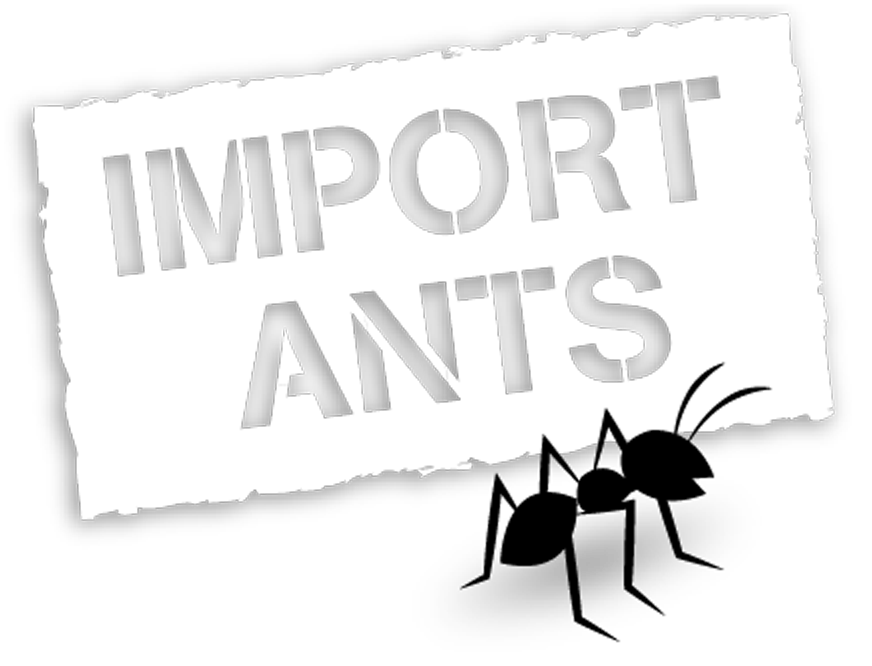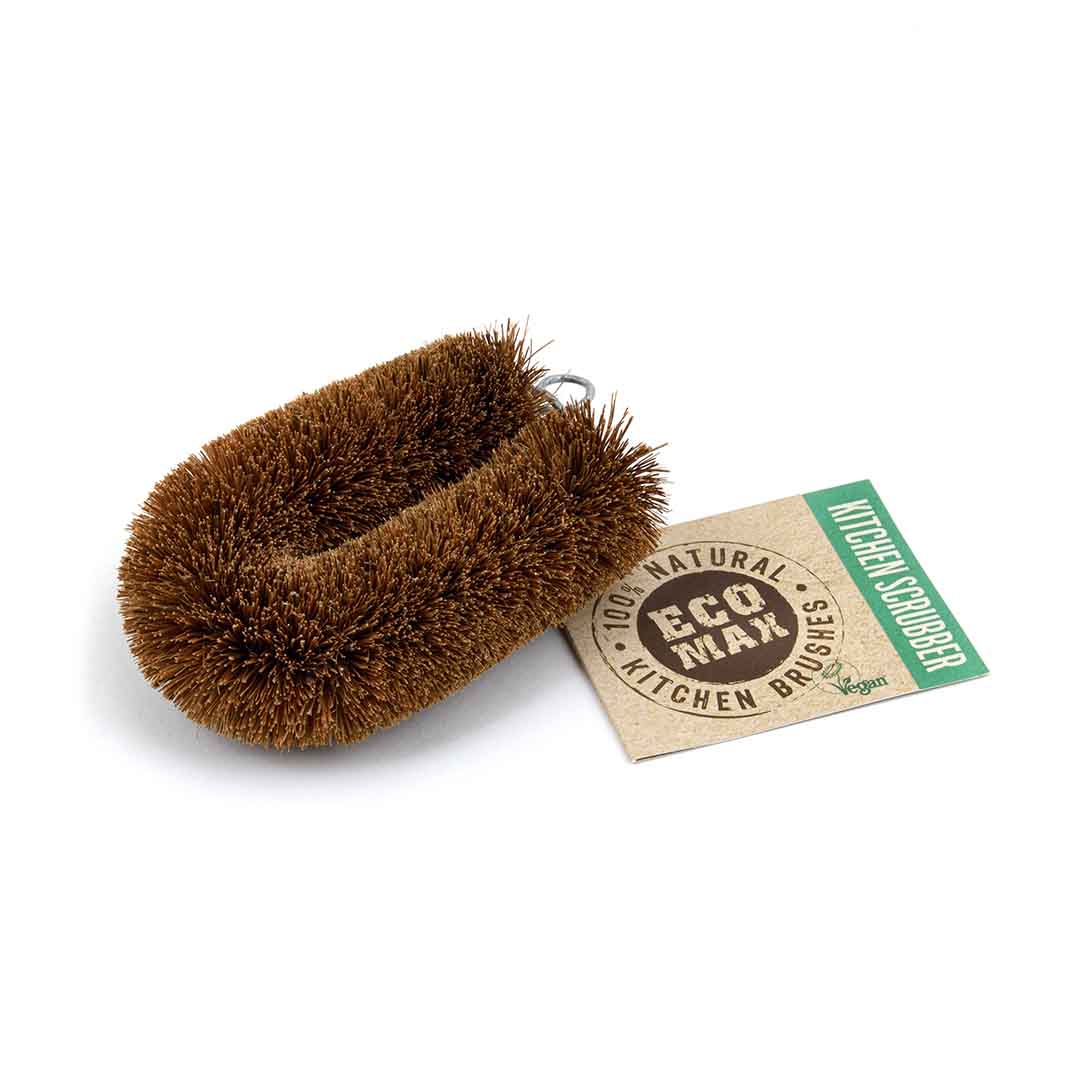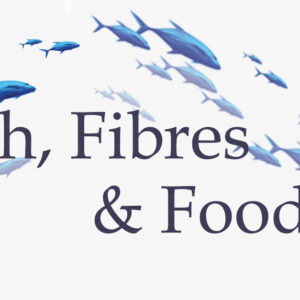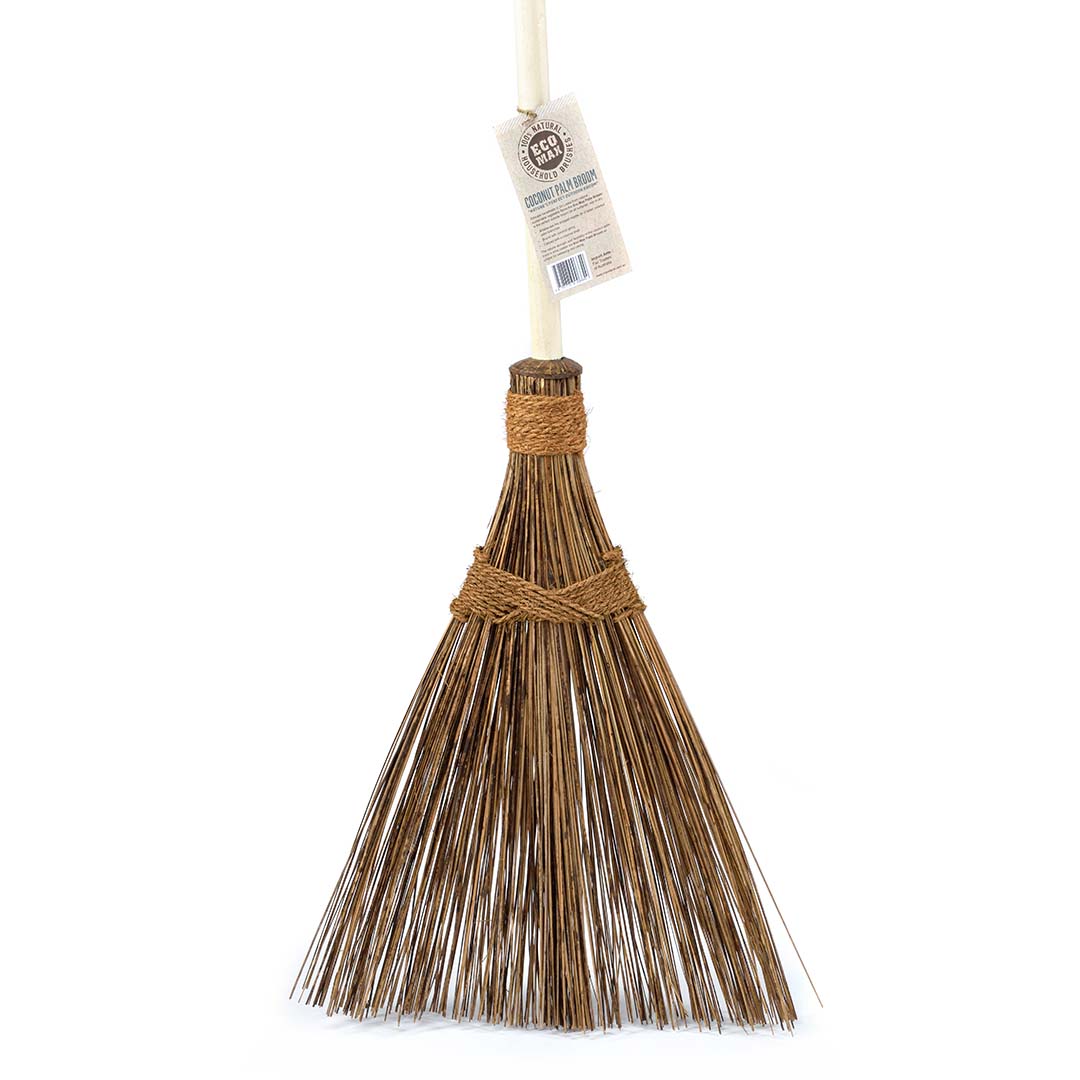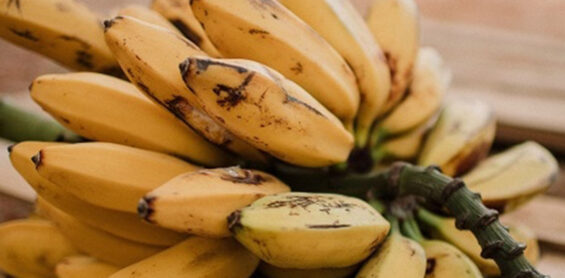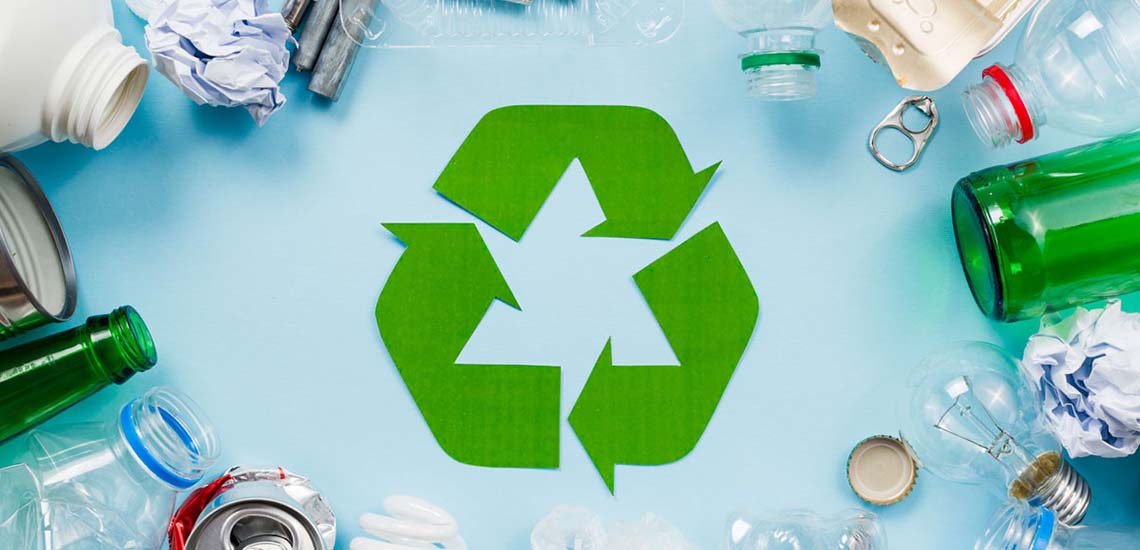The world is interconnected. When fish eat fibres, the fish and the fibres end up on our dinner plate. But there is more to the story!
Fish like eating micro plastic fibres
Fibres absorb chemical pollutants and pathogens
Food that we eat from the sea has significant amounts of plastic in it
But why do fish eat these fibres?
New research has found that the “scent” of plastic appeals to foraging fish just as much as the scent of their natural food.
They studied anchovies and found that fish behaved in the same way as if searching for food when seawater scented with krill or plastics was injected into their tank.
So fish are being tricked into eating plastic because of how it smells.
And with all the plastics that are entering our oceans it is not just fish that are effected by them.
At Vancouver Island University’s Nanaimo campus, Dr. Sarah Dudas leads a team dissolving oyster guts to leave behind the micro plastics they have ingested and she is finding them in almost every shellfish.
Prawns, oysters and other molluscs are filter-feeders. When these filter-feeders are eaten by larger marine life they act as a gateway into the food chain.
So where are these plastic fibres coming from?
There has been a lot of research lately that is showing that much of this plastic fibre is coming from our laundry. Every load of synthetic clothing empties an estimated 1.7 grams of microfibers into the water stream, and these are not filtered out at treatment plants.
In 2013, Dr Peter Ross director of the Vancouver Aquarium’s Ocean Pollution Research Program, began sampling water off the coast of British Columbia for microplastics. His study published in Science Direct found 9,200 particles of microplastic per cubic meter of seawater.
Using a spectrometer he found these microplastic particles originated from four main sources. Micro-beads common in toothpaste & cosmetics, polystyrene from packaging, nurdles the hard resin pellets used as the raw material for other plastic products, however the majority were from microfibers in synthetic fabrics.
Food we eat
Plastics and chemicals are finding their way into the food chain.
In a study published in the science journal Nature in 2015, marine researchers bought fish at public markets in California and Indonesia and examined their stomach contents. Around one in four fish at markets in both locations had plastic particles in their guts.
However, it is the chemical makeup of plastic that may be having a more harmful effect.
Rolf Halden, director of Arizona State University’s Center for Environmental Security suggests that the chemicals used to make plastic may migrate into the fish flesh and thus the edible parts of seafood.
We know that microplastics act as a sponge, absorbing chemicals in the water these may sometimes be found “in accumulated concentrations that may be harmful to humans”, says Halden.
In Australia, researchers in a controlled laboratory study headed by Bradley Clarke, an environmental scientist at RMIT University, spiked microbeads from face cleaners with “environmentally relevant” concentrations of the pollutant polybrominated diphenyl ethers (PBDEs) and fed them to Murray River rainbow fish. They found 12.5 per cent of PBDEs from the microbeads leached into the tissue of the fish.
It is already known that PBDE’s levels in seafood biomagnify up the food chain. PBDE’s and other similar pollutants are linked to neurological health problems, impaired immune function and fertility problems.
So what can we do?
It is easy to feel that your choices make only a small difference to what is a very large problem. But we know that corporations and governments don’t change without financial incentive or public pressure. So you have more power as a consumer than you think.
-
Woolworths and Coles have now banned single-use plastic bags in stores across Australia.
-
Starbucks in the UK have removed plastic straws and cutlery from their shelves. Customers have to ask if they want them. March 2018
-
McDonalds shareholders are considering a proposal to remove plastic straws in May 2018
-
Australian retailers are phasing out microbeads – April 2018 – a recent federal government commissioned assessment of 4400 relevant supermarket and pharmacy products found only six per cent still contained microbeads
Australia has been slow at legislating to reduce plastics in our environment, preferring voluntary agreements with the manufacturers. We can do better. However, with the growth of people power and some wonderful groups like Boomerang Alliance and Take 3 for the sea pushing for government and industry to improve, change is on its way.
-
Switch to a non-plastic kitchen scourer like the Eco Max Kitchen Scrubber
-
Support companies that have policies to reduce plastics
-
Use a reusable cup and drink bottle
-
Take your own carry bag and say no to the plastic bag at the checkout
-
Don’t buy things packaged in polystyrene or excessive plastic packaging
-
Do buy natural fabrics and avoid synthetic fibres
-
Use a no phosphorus Bio-compatible laundry detergent then reuse your grey water on the garden
-
Say no to straws, plastic cotton buds, cutlery and lollies on plastic sticks
-
Use your own container and fill up at a bulk food shop
So be the change you want in the world and remember every little step we each take together makes a giant difference.
